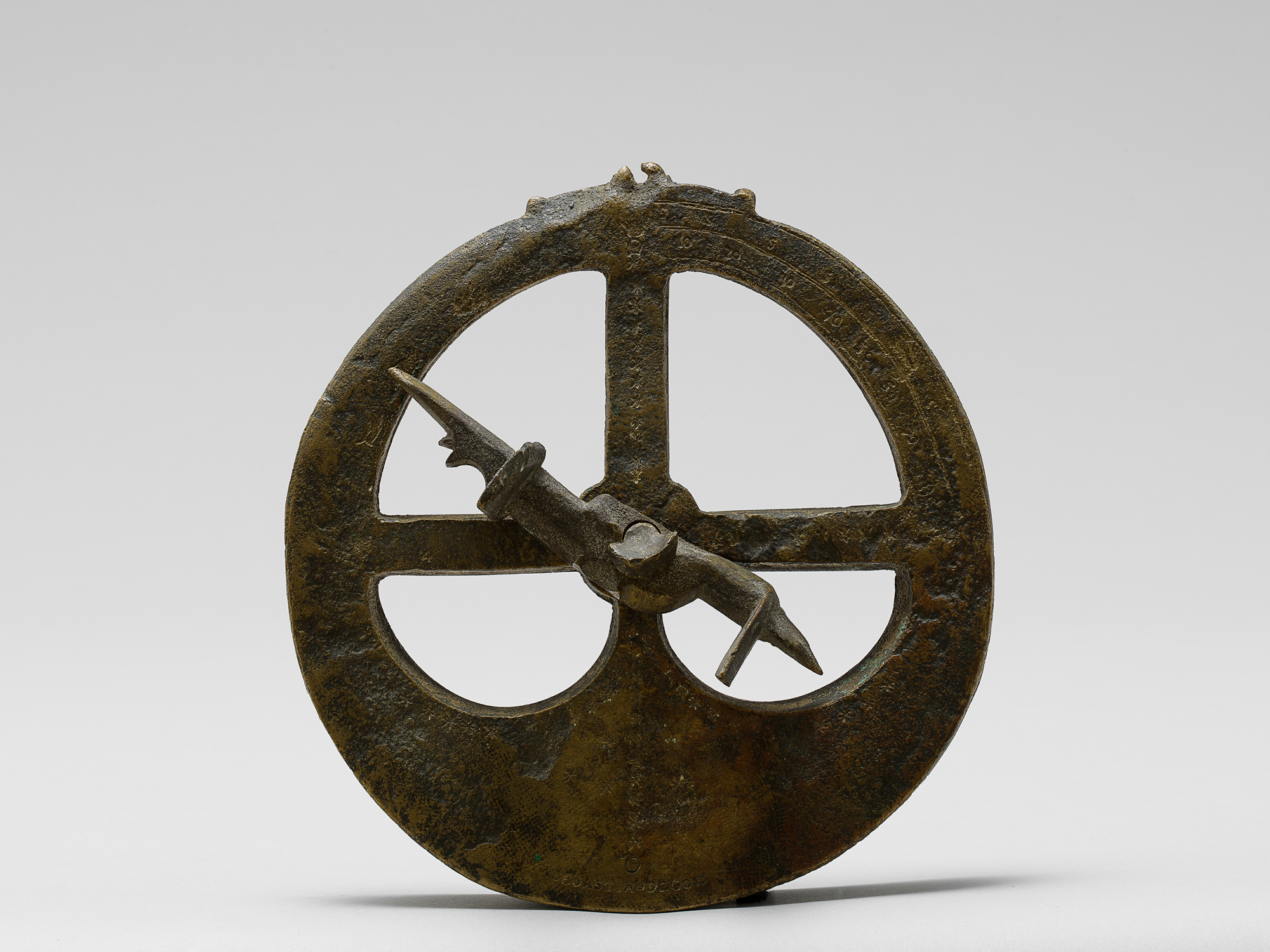Collection Search
Astrolabe
- Nationality Portugal
- Quantity 1
- Era 16th century
- Exhibition Place -
- Material metal
- Size(cm) diameter 18
The word “astrolabe” can be traced back to the Greek words for “star” (ἄστρον or astron) and
“take” (λαβ- or lambanein), thus meaning “star-taker.”
Ancient Greek astrologers used it in locating the positions of the sun and stars,
and it was also used for determining local time and latitude and for surveying.
When astrolabes were first inented, their primary use was to survey the altitude of the sun, moon,
and stars above the horizon, but as astronomy and mathematics evolved, they provided even more information.
Astrolabes are now thought to have 300–400 functions.
An astrolabe is a very delicate and sensitive instrument, so when it is used at sea, even
the slightest movement of a boat can make a huge impact on observations based on the astrolabe.
For that reason, special mariner’s astrolabes were produced from the 15th century for navigational use.
Mariner’s astrolabes were made of metal to increase their weight and featured large openings to minimize the effect of wind
or the shi’s movements when held in the hand.
This astrolabe bears the engraved name of SEBASTIAO DE GOES, a famous Portuguese manufacturer.
On this basis, this astrolabe can be assumed to date from the 16th century.
The quadrant divisions ae engraved with 0°, -90°, and 5°, and the alidade is secured with a wingnut.

